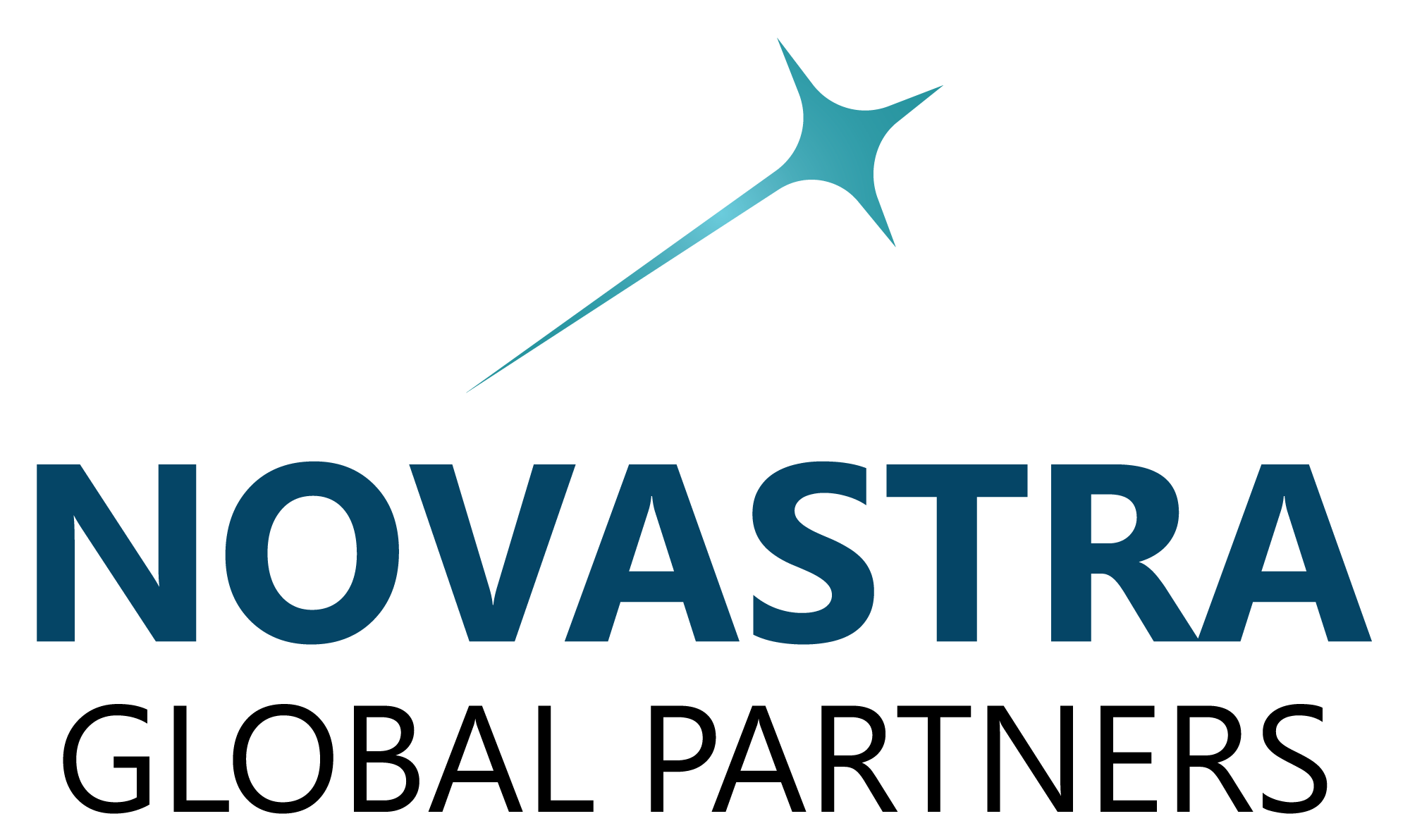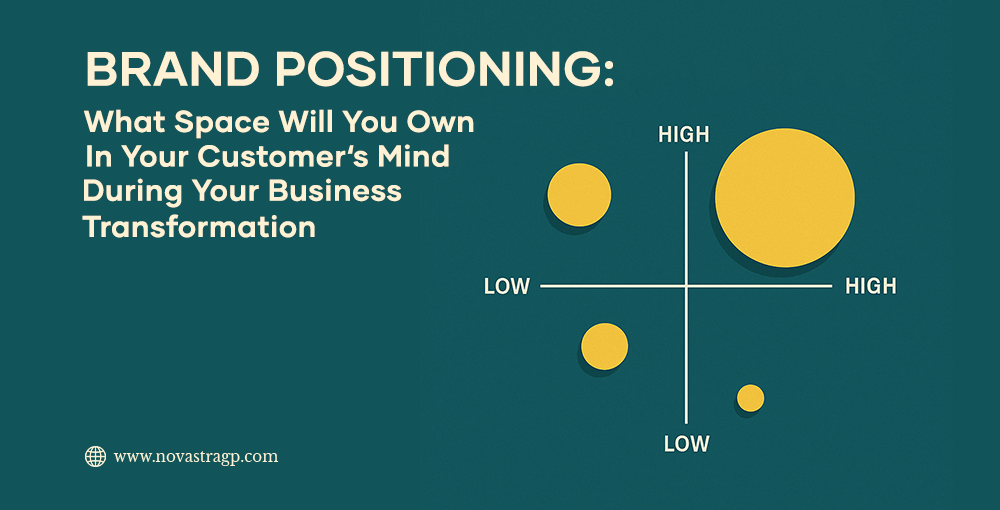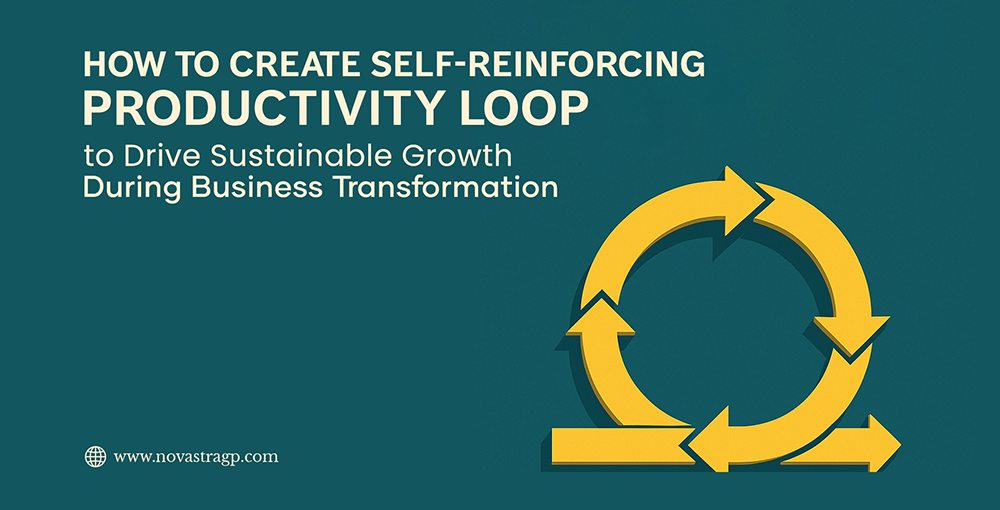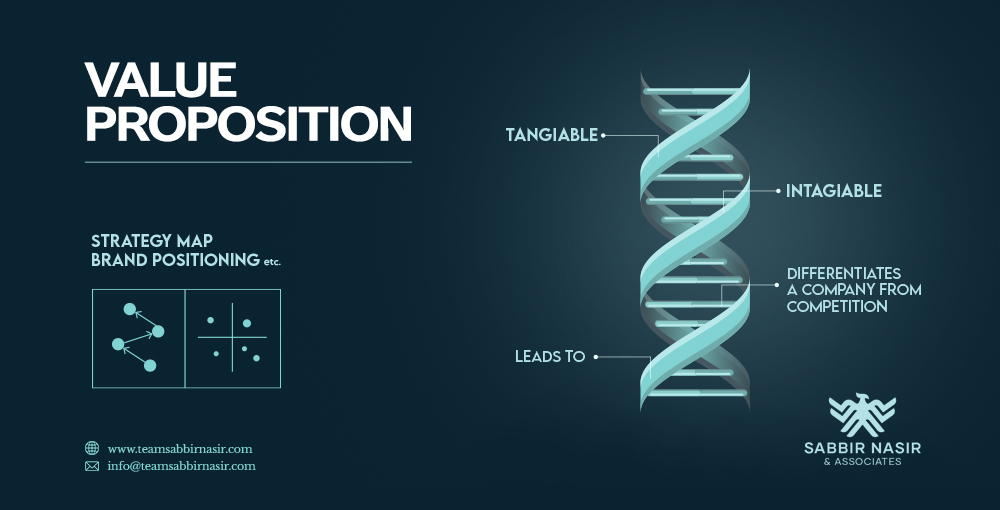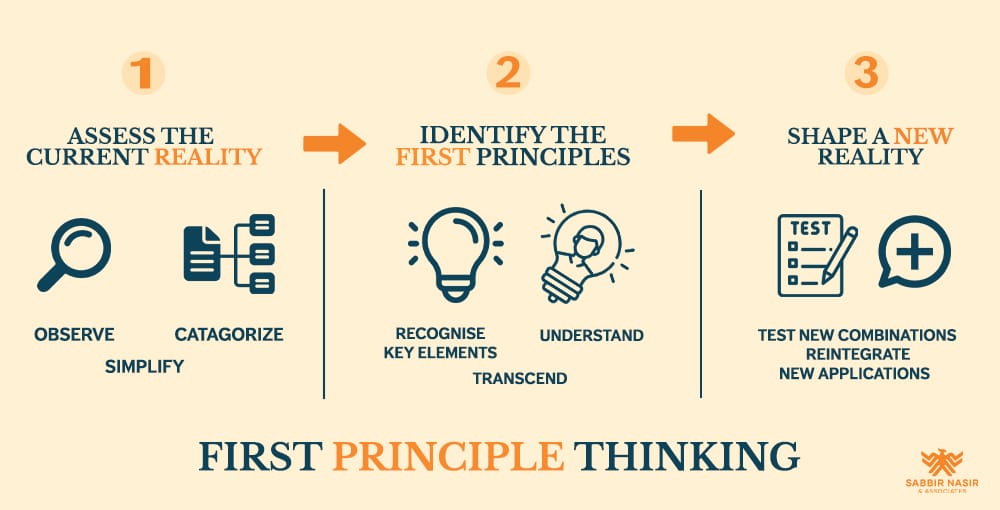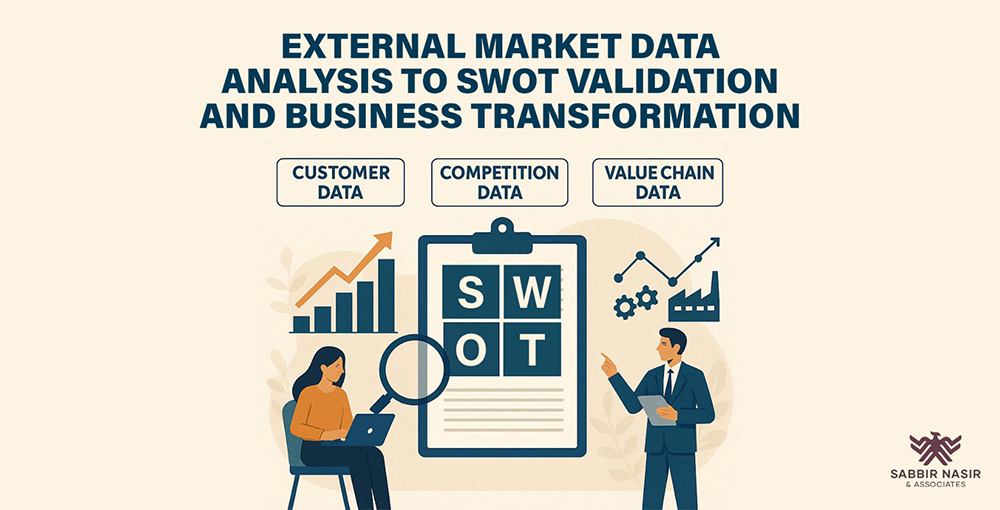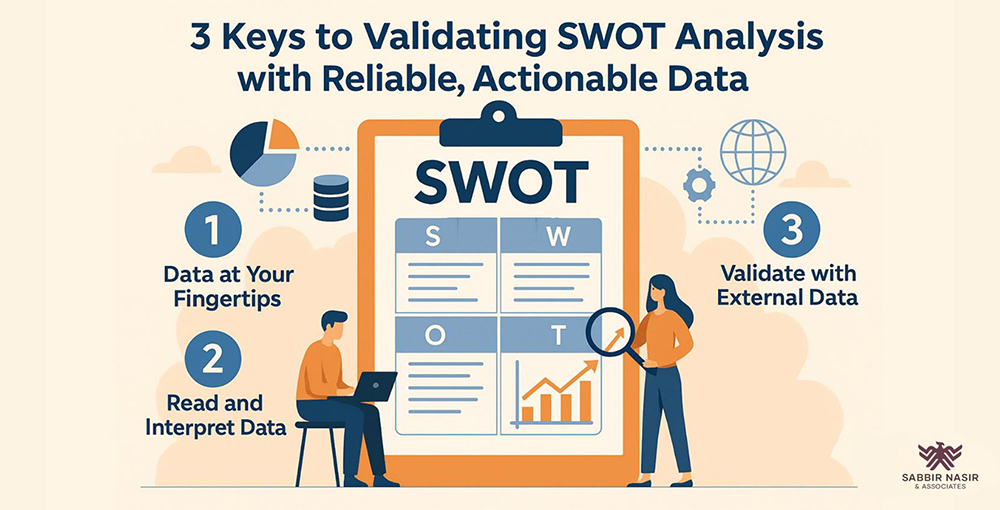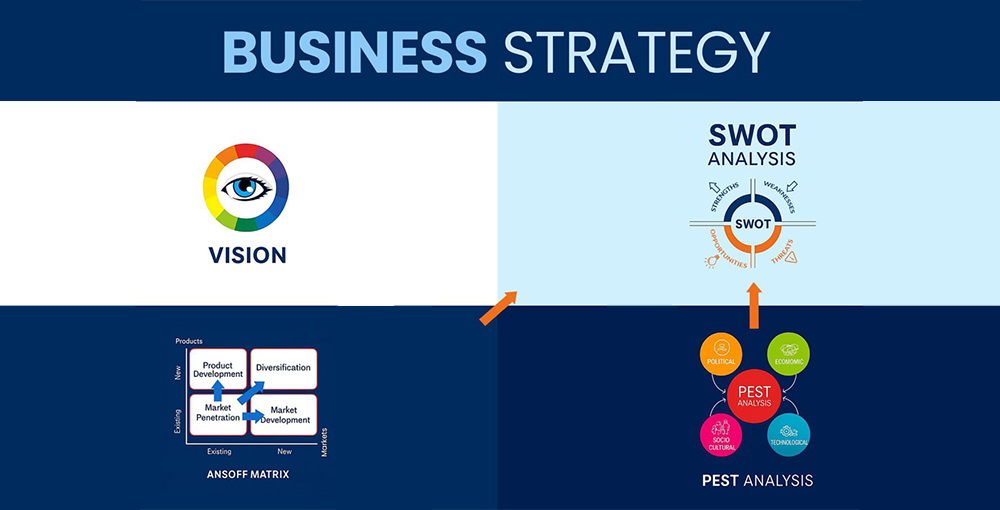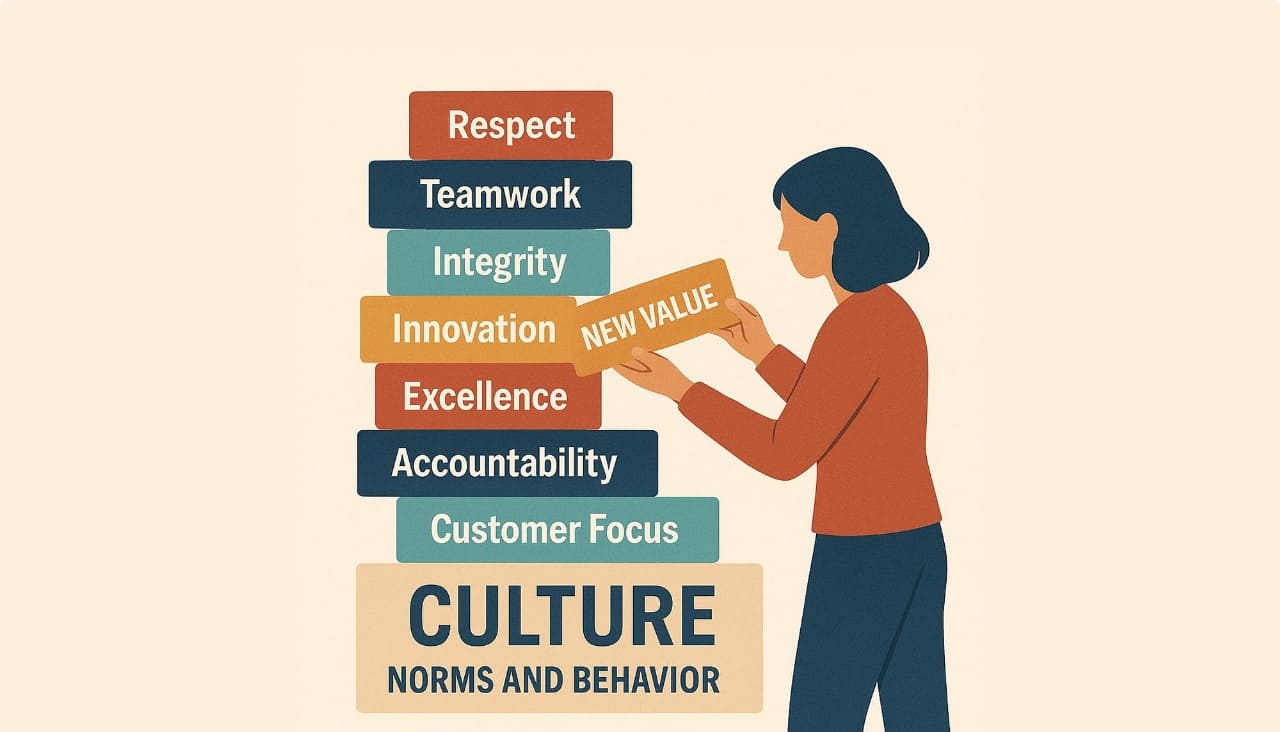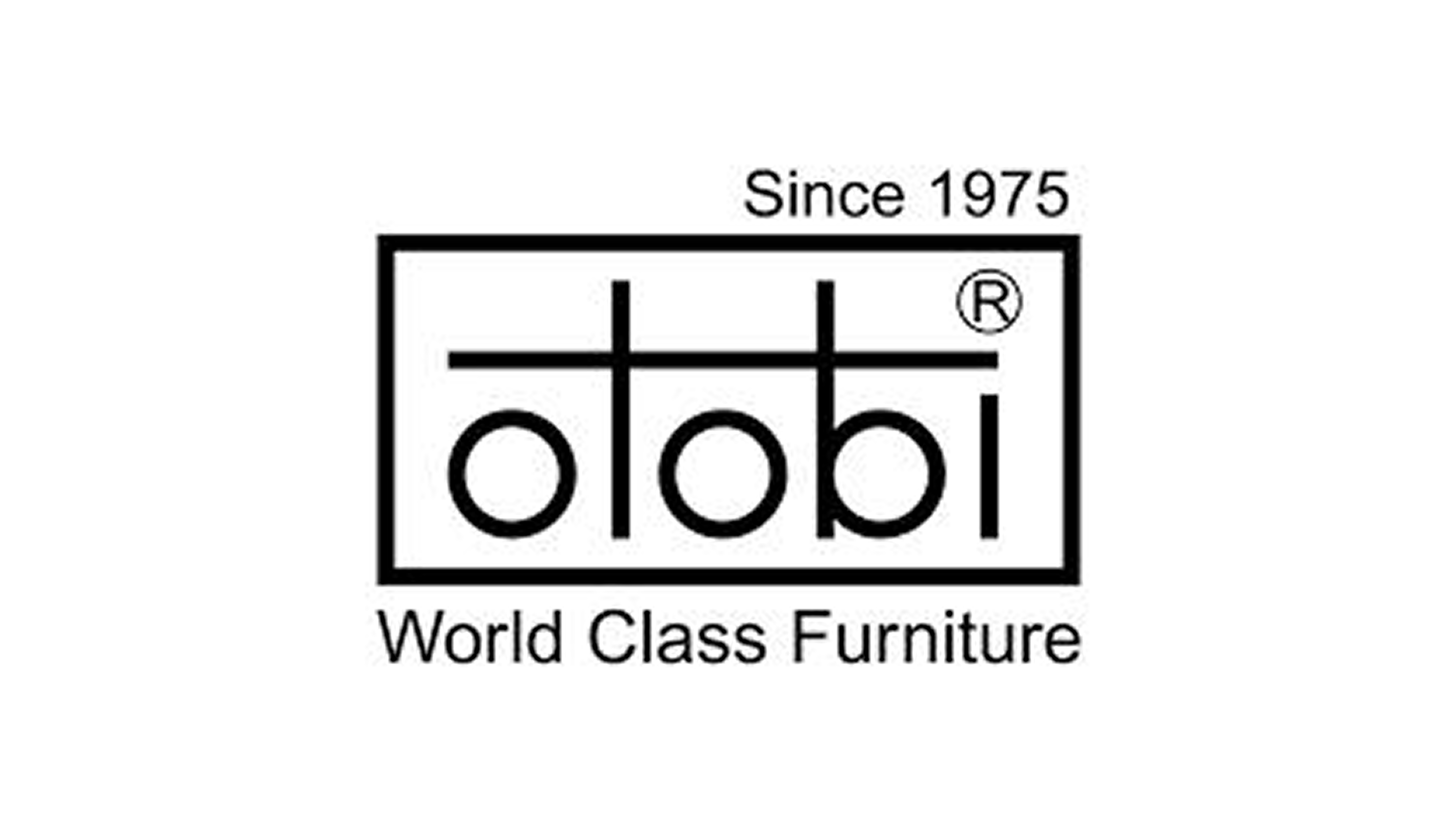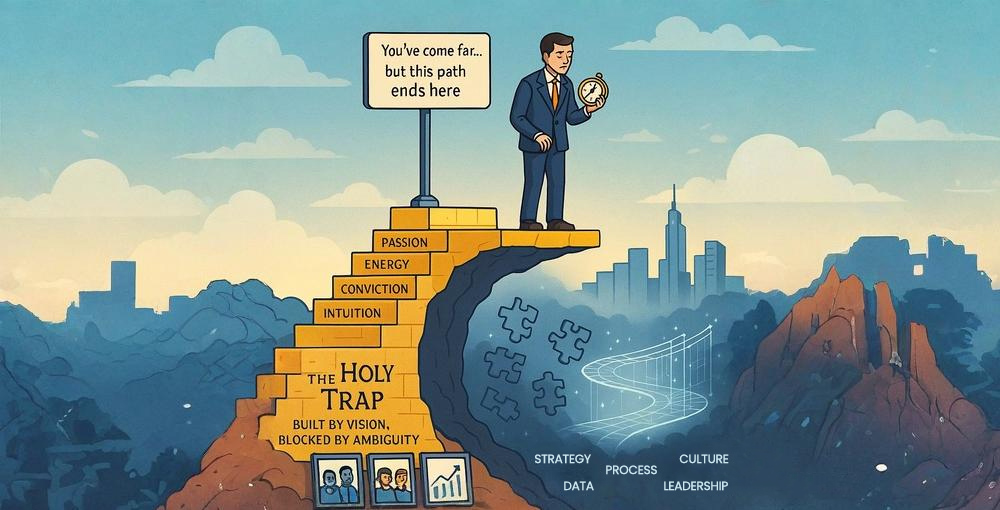How Design Thinking Solve Problems from the Customer’s Perspective
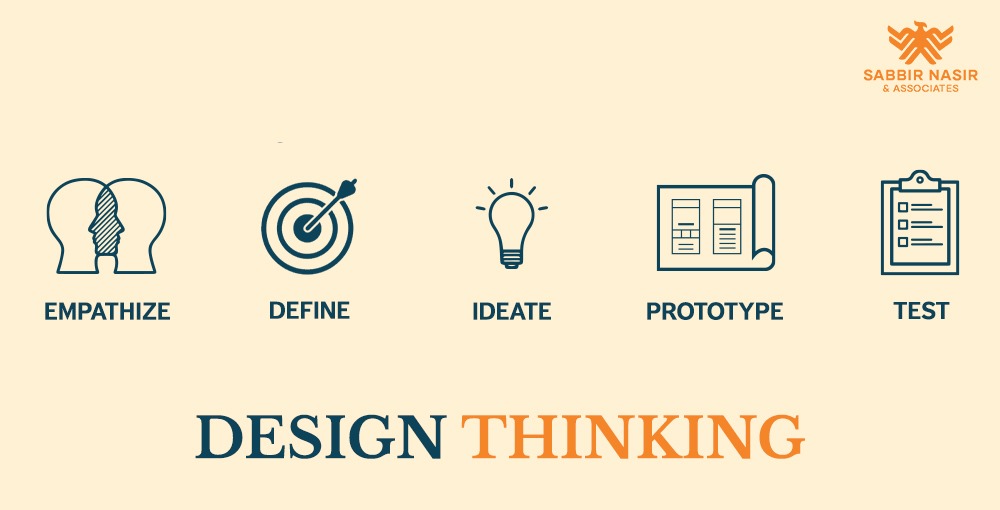
Summary: Design thinking has been promoted by top academic institutions and businesses as a problem-solving approach that focuses on responding to the needs of the customer. In this article, we discuss the five stages of design thinking and explore a real-world success story in which design thinking produced truly transformational results.
In a previous article, we discussed how applying first-principle thinking allows us to break down problems into their most basic components and reintegrate them into a solution that supports growth and innovation.
Another powerful problem-solving tool that can help organizations make a vertical leap is design thinking. Institutions like Stanford Business School and MIT, as well as IDEO, the design and consulting firm that collaborated with Steve Jobs to develop Apple products, have long advocated the design thinking model.
Design thinking is a process for innovation. Although many people associate innovation with disruption or a new product or technology, my professors at MIT Sloan, where I received my Design Thinking Award, taught me that innovation is basically a product of invention and commercialization.
This doesn’t have to be tied to a disruptive product. A process can be innovative. A business strategy can be innovative. A service model can be innovative. Design thinking helps these innovative ideas take shape so they can be commercialized.
5 Stages of Design Thinking
The traditional design-thinking model has five stages.
1. Empathize.
Learn and understand the needs, problems, and preferences of the customer through observation and direct interaction.
We practice empathetical listening, which means listening in silence, invoking the speaker’s soul into your soul, and trying to feel and think the way they do. We also take this a step further with regenerative listening, which involves collaborating with the speaker to develop a new solution and create a new reality. This is a rational, emotional, and spiritual process.
2. Define
Apply what you’ve learned to identify a problem that focuses on the customer’s greatest need. Apply deductive reasoning and analytical thinking as you write down all relevant facts, data, and analyses.
3. Ideate.
Discuss possible solutions, challenge assumptions, consider different perspectives, and think creatively. List your ideas, no matter how crazy they may seem. As Steve Jobs said, “Stay hungry, stay foolish.”
4. Prototype.
Create a real-world solution, or minimum viable product (MVP), for your best idea to evaluate its design and viability for commercialization. An MVP will have just enough core features to allow for testing before creating a full-featured product.
5. Test.
Allow customers to try your prototype, analyze the results of testing, seek customer feedback, and apply these insights to inform additional iterations and improvements.
I have added a sixth stage as part of the Sabbir Nasir Transformation Framework (SNTF) – commercialization. This is necessary because the full impact of innovation is realized when a prototype creates value at scale.
Design Thinking in Action: Reversing Low Beef Sales While Delighting Customers
I led the business transformation of Shwapno into the largest grocery retailer in Bangladesh and continue to serve as the company’s managing director. When we saw a decline in beef sales, we didn’t simply jump to the conclusion that high prices and a gap in supply and demand were the culprits.
We empathized.
We spoke with middle-class consumers and bachelors who had stopped eating beef to understand their rational and emotional connection with beef.
Beef is a major category in Muslim society as many people consume beef for Friday lunch. We found that parents were concerned about protein deficiency because they were unable to purchase beef to feed their children. They felt helpless
We asked how many pieces of beef they consume for Friday lunch. They said each person consumes two pieces, or eight pieces for a family of four.
We asked what they eat with beef, and potatoes were the popular choice. We asked how many pieces of potato they eat, and they said each person consumes two pieces, or eight for a family of four.
Then we defined the problem.
As per market rules, beef was only sold in 1kg packages for $6 or $7, which customers did not need and could not afford. But when we empathized with customers, we learned of their aspiration to have beef.
We applied first-principle thinking during the ideation process, breaking down the cost elements and process before reconfiguring a solution that would work for families.
We challenged the market rule and created an innovative prototype for a beef combo pack, which included eight to 10 pieces of beef and eight to 10 pieces of potato for $1.
We tested the combo pack and found great success as the solution was commercialized. In fact, the combo packs went viral on social media as beef sales grew 90% in the first month and 40-50% in the following months.
People didn’t just buy the beef combo packs. They appreciated them. They talked about them. They made them part of their Friday lunch routine.
Because of the overwhelmingly positive response, we applied the same combo pack model to other products, such as fish with vegetables and eggs with rice.
By applying design thinking, we turned a problem in a key category into an opportunity to innovate. More importantly, we transformed lives by converting customer frustration and sadness into relief and joy.
When you approach challenges thoughtfully, emotionally, spiritually, and strategically, everyone wins. That’s the power of transformation.
